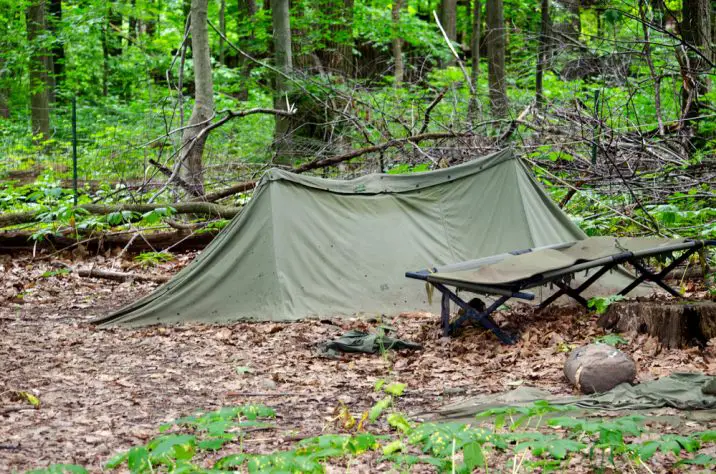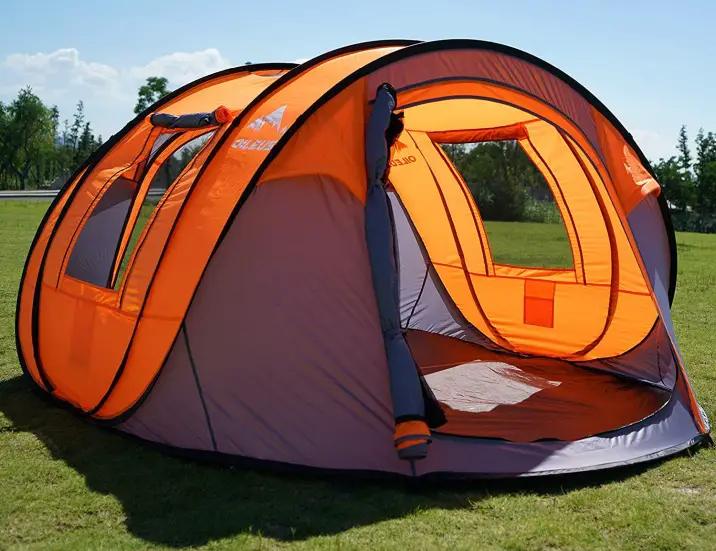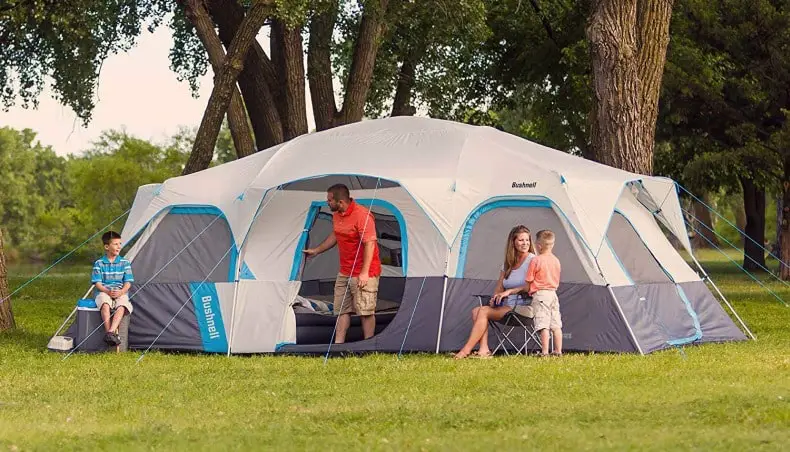Tents are a great thing we have access to as human beings. In fact, most animals would love to be able to stay out of the elements in the way we do. Of course, some tents are immaculate while others are minimal. The type you use will come down to many factors ultimately.
In the end, however, the real question many will ask is how long do tents last?
Generally, the ideal timeframe for most tents will be several years. Yet this all comes down to how frequently they are used. On top of this, it depends on how well they are taken care of, their materials, and what elements you expose them to.
The question, though asked in generalization, is understandable. A definite answer, sadly, is complicated. There are many different tent types. Therefore, it’s hard to use a general question like “how long do tents last” and come up with a good answer.
That means a tent can last someone anywhere between a few years to a lifetime. Of course, if we speak to ALL tents ever made, we can expect 1 to 10 years on average.
Due to how difficult this might be to explain in a few sentences, we wanted to discuss various tent types. Then discuss how long they typically hold up. Giving you a better idea of a true average.
Table of Contents
First, The Materials

Most tents are typically made with the same type of materials. They tend to be made with plastic or a version of it, even something similar. Some of these will be pretty impressive and last a long time while others may not last long at all.
On top of this, there are others made with things like Linen or Cotton. Sometimes, you might even get a good combination of them. They tend to be under the Canvas Tent label, which is a type of tent that tends to last the longest.
Most of those, as long as they are taken care of, can last a lifetime. This is why most feel they are worth the hefty price one might pay for them.
Types Of Tent

There are many different types of tent you could buy. Some are made for all 4 seasons while others are made for 3 or even 1. It truly all depends on the situation. Then how they are made can be a big deal too.
For example, there are some tents known for the unique way they look such as the Dome, Geodesic, Bell, Vis-À-Vis, & Bivy tents. Of course, there are other types of tents, such as the classic Teepee, Backpacking, Tunnel, Inflatable, and Ridge.
This is not even referencing the Pop-Up style tents.
Each can be made cheaply or with great materials. Overall, the most important thing is that they are not all made to last a long period of time. As a result, there are limitations where some may last longer than others.
How Long Tents Last

For something like a Pop-Up or Inflatable Tent, you can get a pretty good run. Of course, this is if they are taken care of and used in the right seasons. Due to this, on average you can expect those tents to last at least a few years if used regularly.
For bigger tents like a Dome or Geodesic, they could last for several years. Many get a decade or more out of them when used regularly. Others get less. In the end, as we repeatedly mention, it is all in how you take care of them.
Backpacking tents are a bit of an anomaly. They can actually last a long period of time, as many are made tough to withstand numerous conditions. While they are ultimately in use for a lot of weird conditions, it can be hit or miss on how long they might last.
As a result, we cannot really give you a great average. It could last a few years or a few decades. It truly depends on what type of stuff you put it through.
Your classic Teepee Tent could last a lifetime if made with the right materials, and the same goes for any Canvas Tent. You might even get this out of the unique Vis-À-Vis Tents too.
Cost Per Life
We like to narrow things down to a system known as “Cost-Per-Life” when it comes to tents you might want to buy. If that tent costs a lot and lasts a long time, then it’s worth the investment. In reality, you might see a tent that costs a lot and assume it’s not worth it.
This is understandable. Plus, some tents are higher in price than they likely should be. This could be due to several reasons, but it’s often due to the “brand” behind it. Tents can especially be more expensive with outdoor brands that sell and are known for other products.
Therefore, they increase the cost of the tent in an effort to make enough money to continue selling them. It hurts the bottom line to continue selling something that only furthers debt, right?
For brands known for their tents, the cost can be fairer when you compare them. That is where we truly like to employ “Cost-Per-Life.”
If the cost of the tent is perhaps $150 and it is made with cheap materials, likely resulting in a higher chance it won’t last as long…the cost is fair. Seeing as $150 is not a lot for a tent. Yet if that same cheaply made tent were to cost $300 or more, it would not be worth it.
For a tent that is made with great materials, waterproof, and has all the works…you could spend several hundred and it would equal a good cost-per-life. As that tent will last a very long time in most cases.
Employing this concept will likely help make buying a tent based on average lifespan a lot easier.







